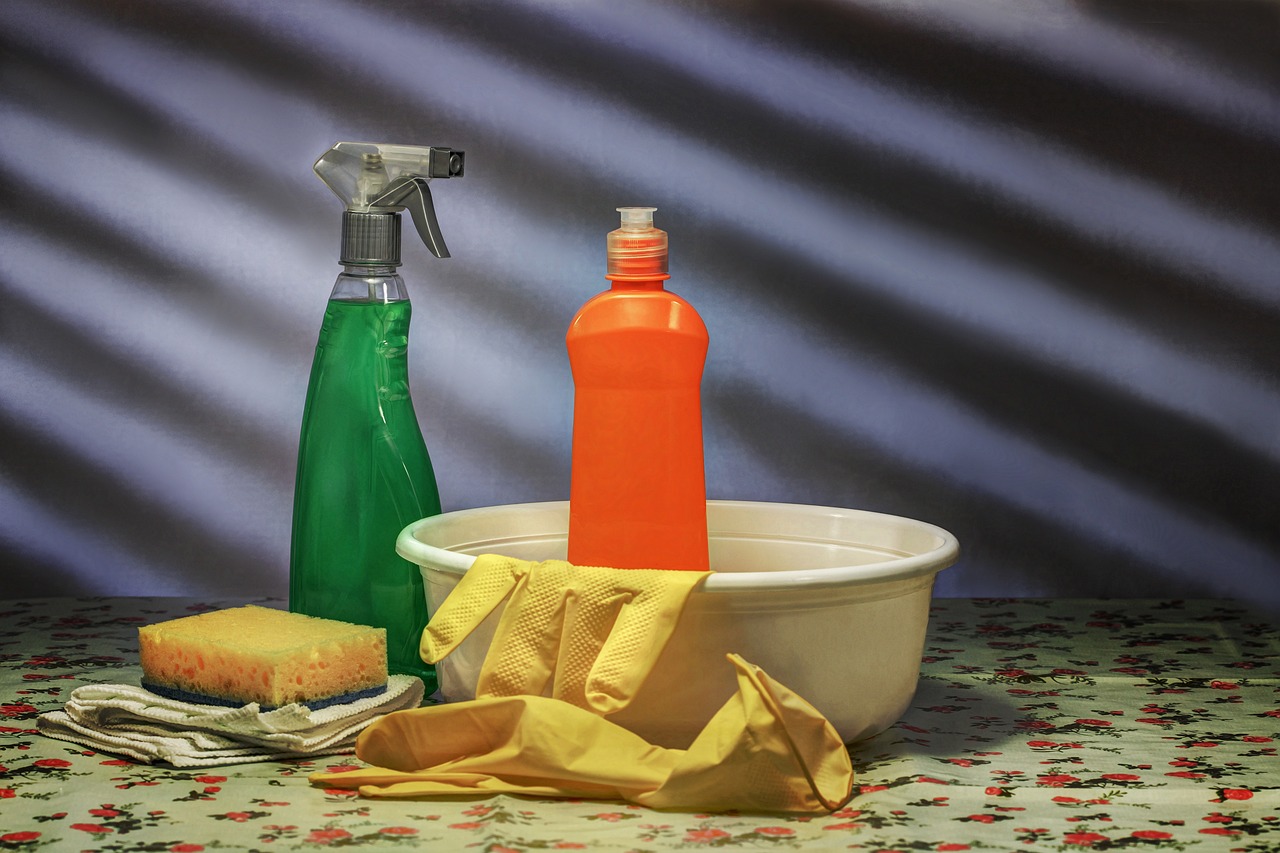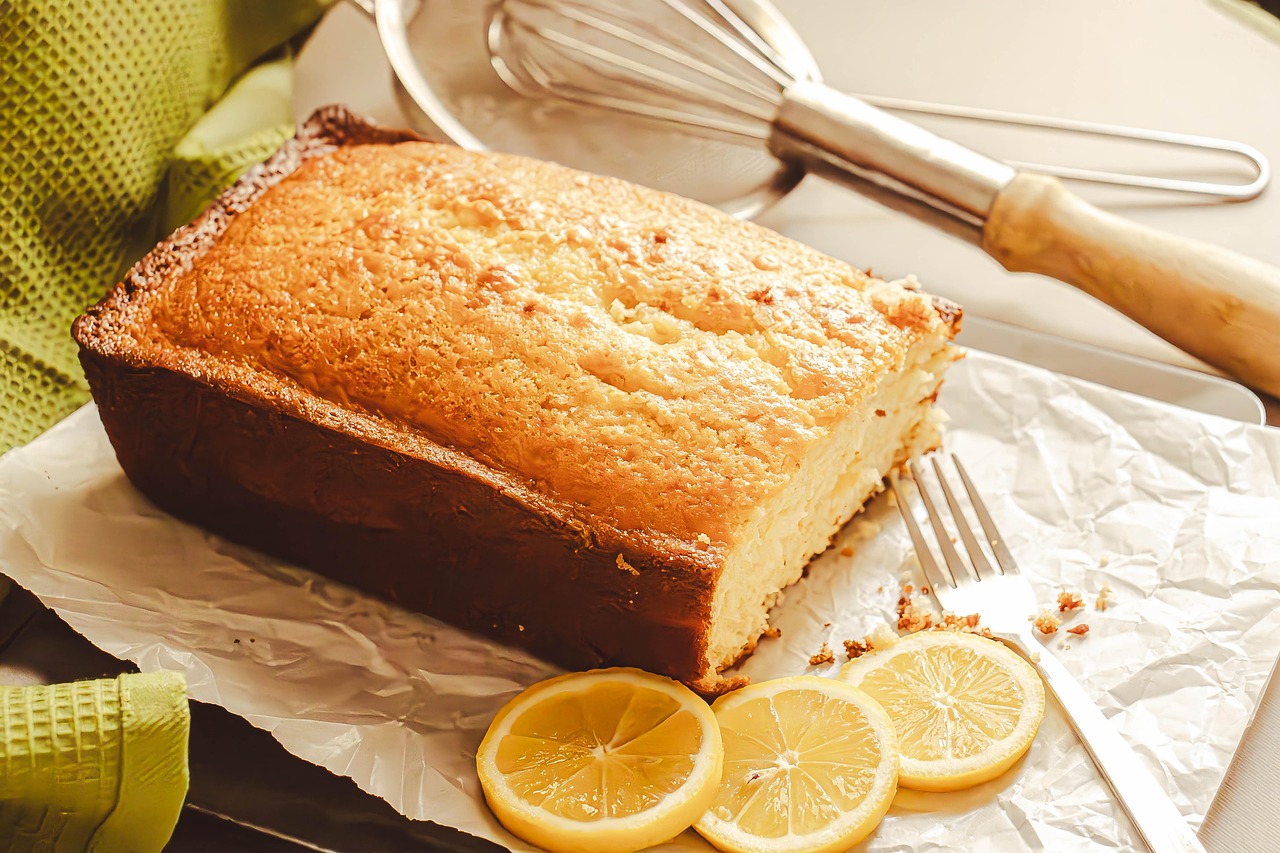This article delves into effective techniques for cleaning acrylic surfaces, ensuring they remain clear and free from scratches. Discover best practices and tips to maintain the quality of acrylic materials.
Acrylic, also known as polymethyl methacrylate (PMMA), is a versatile plastic widely used in various applications, from display cases to automotive parts. Its popularity stems from its optical clarity, lightweight nature, and resistance to shattering. However, acrylic surfaces are prone to scratching and can become cloudy if not properly maintained. Understanding these properties is essential for effective cleaning.
Choosing the right cleaning products is crucial for protecting acrylic surfaces. Recommended cleaners include:
- Gentle soaps – Mild dish soap mixed with water is often sufficient.
- Specialized acrylic cleaners – These products are formulated specifically for acrylic and help maintain its clarity.
- Microfiber cloths – Ideal for wiping surfaces without scratching.
Avoid harsh chemicals like ammonia or bleach, as they can damage the acrylic surface.
Cleaning acrylic requires a careful approach. Follow these step-by-step methods:
- Prepare your cleaning solution by mixing a few drops of gentle soap with warm water.
- Use a microfiber cloth to apply the solution, gently wiping the surface in a circular motion.
- Rinse the cloth in clean water and wipe the surface again to remove any soap residue.
- Dry the surface with a separate, dry microfiber cloth to prevent water spots.
Always test any cleaner on a small, inconspicuous area first to ensure compatibility.
Avoiding common pitfalls can prolong the life of your acrylic. Here are frequent mistakes people make:
- Using abrasive materials – Steel wool or rough sponges can scratch the surface.
- Cleaning in direct sunlight – This can cause the cleaner to dry too quickly, leading to streaks.
- Neglecting regular maintenance – Routine cleaning helps prevent buildup and damage.
By steering clear of these mistakes, you can achieve optimal results.
Routine maintenance is key to keeping acrylic surfaces clear. Here are some practical tips:
- Store properly – Keep acrylic items away from sharp objects and high-traffic areas.
- Use protective covers – For items like furniture or display cases, consider using covers to minimize exposure to dust and scratches.
- Regular inspections – Check for signs of wear or scratches and address them promptly to maintain clarity.
By incorporating these practices into your routine, you can ensure that your acrylic surfaces remain in excellent condition.

What is Acrylic and Why Does It Need Special Care?
Acrylic is a versatile and widely used material known for its excellent clarity and durability. Commonly referred to as PMMA (polymethyl methacrylate), acrylic is favored in various applications, from display cases to automotive parts. Understanding the properties of acrylic is essential for effective cleaning and maintenance, as it has unique characteristics that set it apart from other materials.
Properties of Acrylic
- Transparency: Acrylic can transmit up to 92% of visible light, making it an ideal choice for applications requiring clarity.
- Lightweight: Compared to glass, acrylic is significantly lighter, making it easier to handle and install.
- Impact Resistance: Acrylic is much more impact-resistant than glass, reducing the risk of shattering.
- Weather Resistance: Acrylic is resistant to UV light and weather conditions, making it suitable for outdoor use.
Common Uses of Acrylic
- Signage: Used extensively in advertising and signage due to its clarity and ease of fabrication.
- Lighting Fixtures: Acrylic is often used in light covers and fixtures because it diffuses light beautifully.
- Protective Barriers: In environments requiring safety, acrylic serves as a protective barrier while maintaining visibility.
- Furniture: Modern furniture often incorporates acrylic for a sleek, contemporary look.
Why Does Acrylic Require Special Care?
Despite its many advantages, acrylic requires specific cleaning methods to maintain its clarity and integrity. The following factors highlight the need for special care:
- Scratching: Acrylic surfaces can be easily scratched if cleaned with abrasive materials. Using soft cloths and non-abrasive cleaners is essential.
- Chemical Sensitivity: Certain household cleaners contain harsh chemicals that can cause discoloration or damage to acrylic. It is crucial to choose products specifically formulated for acrylic.
- Static Electricity: Acrylic can attract dust and debris due to static electricity, necessitating regular cleaning to keep surfaces clear.
By understanding the properties and specific care requirements of acrylic, users can ensure that their acrylic surfaces remain clear, functional, and visually appealing for years to come. Proper maintenance not only enhances the appearance but also extends the lifespan of acrylic products, making it a worthwhile investment.
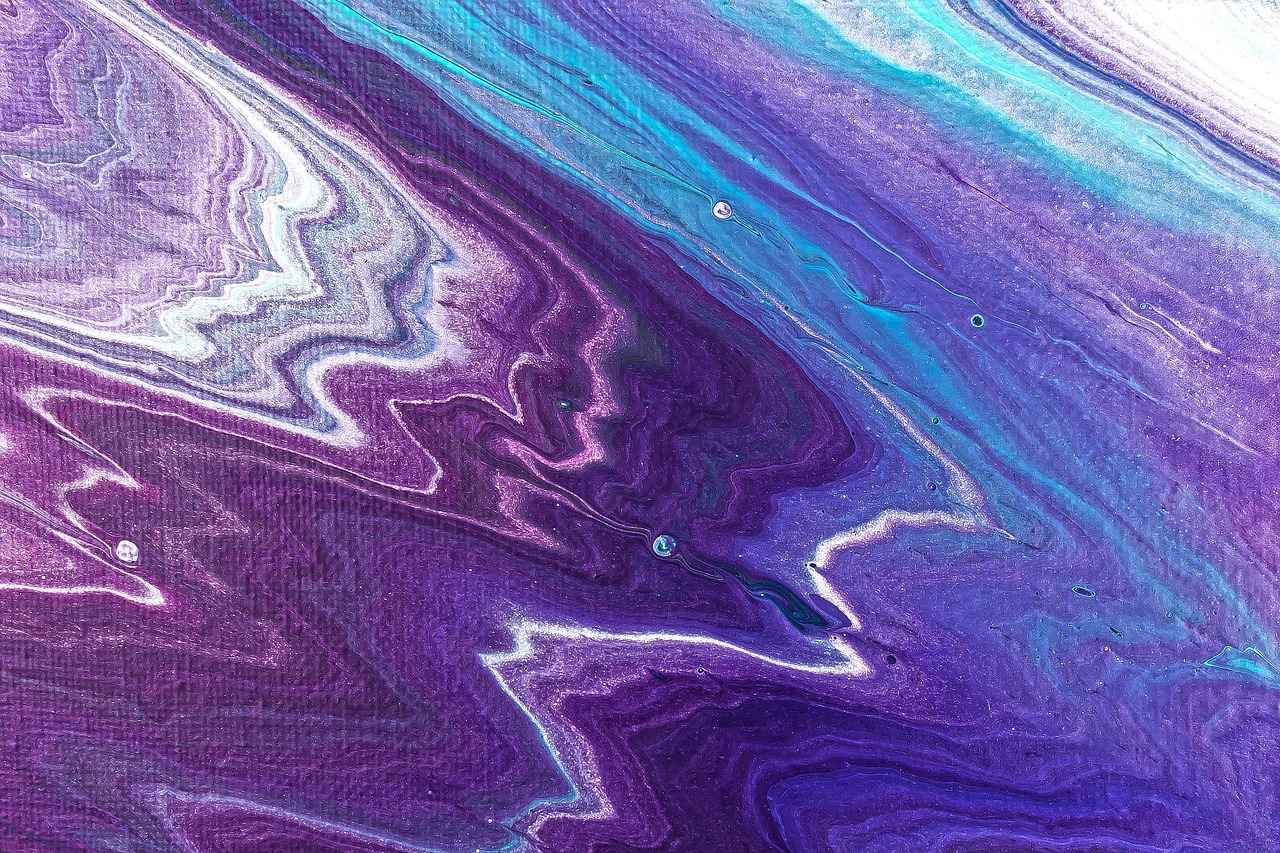
What are the Best Cleaning Products for Acrylic?
When it comes to maintaining the beauty and clarity of acrylic surfaces, choosing the right cleaning products is paramount. Acrylic, known for its durability and versatility, can easily become scratched or cloudy if not cared for properly. This section will explore the best cleaning products for acrylic, ensuring that you keep these surfaces looking their best.
Why Are Specialized Cleaners Important? Regular household cleaners often contain harsh chemicals that can damage acrylic surfaces. Ingredients like ammonia or alcohol can lead to discoloration and scratches, which is why it’s crucial to opt for products specifically designed for acrylic care.
- Gentle Soaps: A simple solution for cleaning acrylic is using mild liquid soaps. Products like dish soap diluted in warm water can effectively remove dirt and grime without harming the surface. Always ensure that the soap is free from additives that could leave a residue.
- Specialized Acrylic Cleaners: There are various brands that offer cleaners specifically formulated for acrylic materials. These cleaners are designed to be non-abrasive and safe, ensuring that your surfaces remain clear and scratch-free. Look for products that state they are suitable for acrylic on the label.
- Microfiber Cloths: While not a cleaning product per se, using a microfiber cloth is essential when cleaning acrylic. These cloths are non-abrasive and effective at trapping dust and dirt without scratching the surface.
What to Avoid When Cleaning Acrylic? It’s equally important to know which products to steer clear of. Avoid using glass cleaners that contain ammonia, as well as any abrasive cleaners or sponges. These can lead to irreversible damage, making your acrylic surfaces look dull and worn.
Eco-Friendly Options: For those looking to maintain an environmentally friendly approach, consider using natural cleaning alternatives. A mixture of vinegar and water can serve as a gentle cleaner, although it should be used sparingly to avoid any potential damage over time. Always test any new cleaner on a small, inconspicuous area first.
Conclusion: In summary, protecting your acrylic surfaces begins with the right cleaning products. By opting for gentle soaps, specialized acrylic cleaners, and using proper cleaning tools like microfiber cloths, you can maintain the clarity and integrity of your acrylic items. Remember to avoid harsh chemicals and abrasive materials to ensure long-lasting beauty.
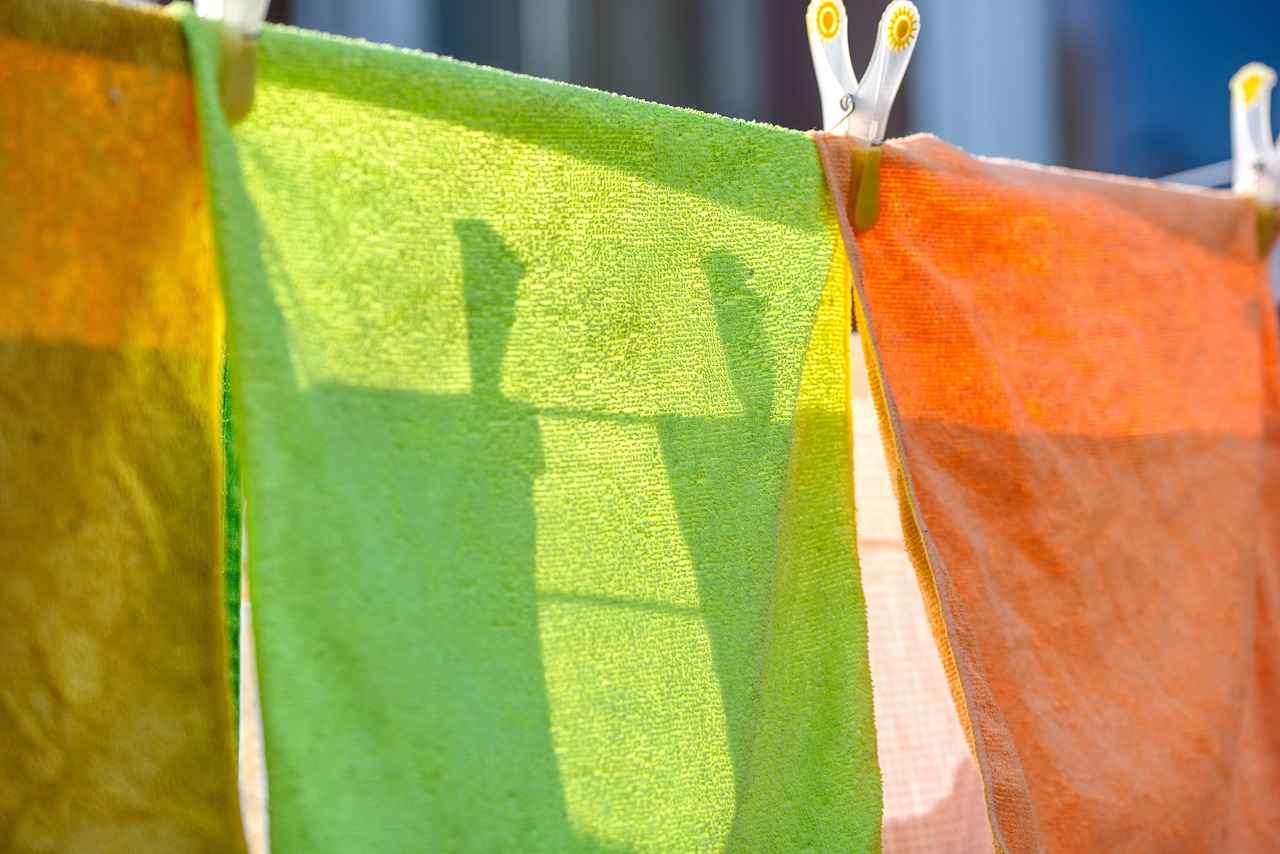
How to Properly Clean Acrylic Surfaces?
Cleaning acrylic surfaces requires a careful approach to ensure they remain clear and free from scratches. Acrylic is a versatile material used in various applications, from displays to furniture. However, its susceptibility to scratches and damage necessitates the use of appropriate cleaning methods. Below, we outline a step-by-step guide to effectively clean acrylic surfaces, including essential tools and techniques to avoid harming the material.
Essential Tools for Cleaning Acrylic
- Microfiber Cloths: These are soft and non-abrasive, making them ideal for cleaning without scratching.
- Gentle Soap: A mild liquid soap mixed with water works well for basic cleaning.
- Water: Always use clean water for rinsing and diluting cleaning solutions.
- Spray Bottle: For easy application of cleaning solutions.
- Soft Sponge: A non-abrasive sponge can be used for tougher stains.
Step-by-Step Cleaning Process
- Dust the Surface: Begin by using a dry microfiber cloth to remove any dust or debris. This prevents scratching during the wet cleaning process.
- Prepare the Cleaning Solution: Mix a few drops of gentle soap with warm water in a spray bottle. Avoid using ammonia-based cleaners, as they can damage acrylic.
- Apply the Solution: Lightly spray the cleaning solution onto the acrylic surface. Do not soak the material; just dampen it.
- Wipe Gently: Using a clean microfiber cloth, gently wipe the surface in a circular motion. This helps lift dirt without scratching the acrylic.
- Rinse: After cleaning, rinse the acrylic with clean water to remove any soap residue.
- Dry the Surface: Use a dry microfiber cloth to thoroughly dry the acrylic, preventing water spots.
Techniques to Avoid Scratching or Damaging Acrylic
- Avoid Abrasive Materials: Never use paper towels, rough sponges, or any abrasive cleaners that can scratch the surface.
- Do Not Use Hot Water: Hot water can warp acrylic, so always use lukewarm or cool water.
- Keep Away from Direct Sunlight: Prolonged exposure to sunlight can cause acrylic to become discolored or brittle.
By following these steps and recommendations, you can effectively maintain the clarity and integrity of your acrylic surfaces. Regular cleaning and proper care will ensure that your acrylic items remain in excellent condition for years to come.
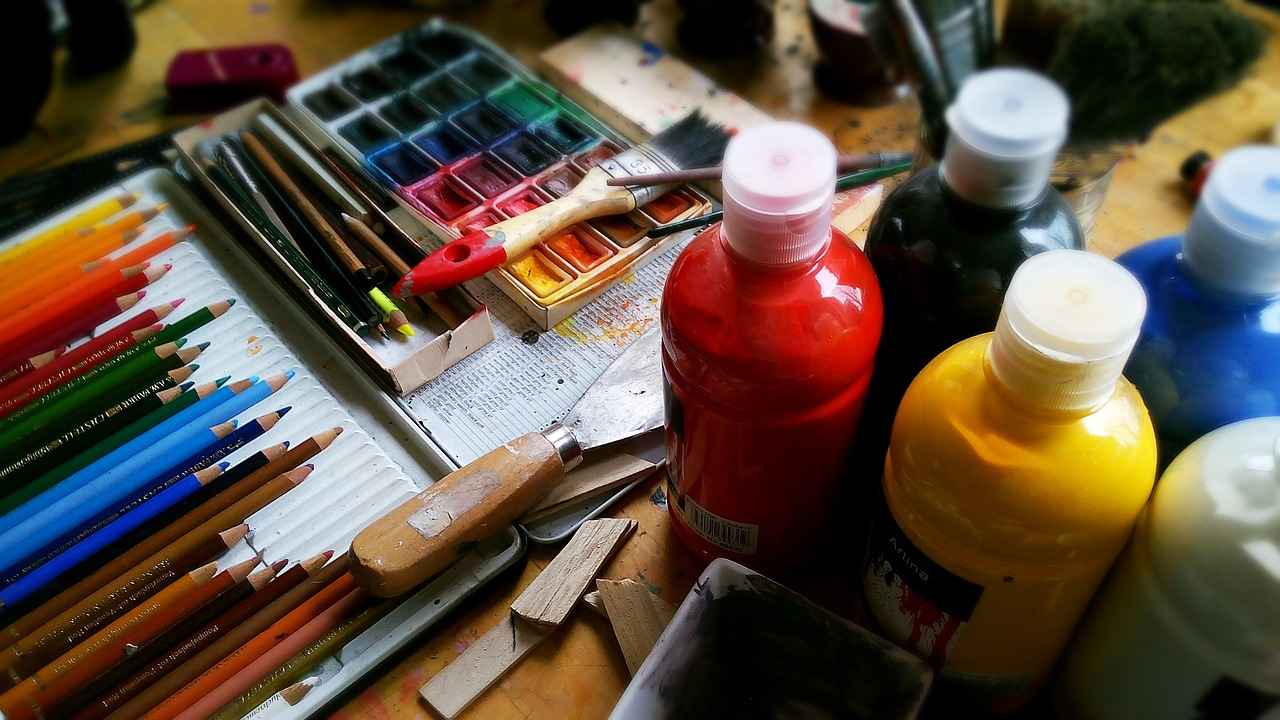
What are Common Mistakes to Avoid When Cleaning Acrylic?
When it comes to maintaining the clarity and longevity of acrylic surfaces, understanding the common mistakes made during cleaning is crucial. Many individuals unknowingly damage their acrylic items due to improper cleaning techniques or the use of unsuitable products. This section will delve into these frequent pitfalls and provide practical advice to help you avoid them, ensuring that your acrylic remains in pristine condition for years to come.
- Using Abrasive Materials: One of the most common mistakes is using abrasive sponges or cloths that can scratch the surface of the acrylic. Always opt for soft, microfiber cloths to prevent any damage.
- Choosing Harsh Chemicals: Many people mistakenly believe that stronger cleaning agents will yield better results. However, using ammonia-based cleaners or other harsh chemicals can lead to clouding and discoloration. Stick to gentle soaps or specialized acrylic cleaners.
- Neglecting to Rinse Properly: After cleaning, it’s essential to rinse the acrylic thoroughly to remove any soap residue. Failure to do so can result in streaks and a dull appearance.
- Cleaning in Direct Sunlight: Cleaning acrylic surfaces in direct sunlight can cause the cleaner to dry too quickly, leaving behind streaks. It’s best to clean in a shaded area or indoors.
- Overlooking Regular Maintenance: Many users clean their acrylic items only when they appear dirty. Regular maintenance is key to preventing buildup and scratches. Establish a routine cleaning schedule to keep your acrylic looking its best.
- Ignoring Protective Measures: Failing to use protective coatings or films can leave acrylic vulnerable to scratches and damage. Consider applying a protective layer if the item is frequently used or exposed to potential hazards.
By being aware of these common mistakes and implementing the suggested practices, you can significantly enhance the lifespan and appearance of your acrylic surfaces. Remember, the goal is to maintain clarity and prevent damage, allowing your acrylic items to shine and serve their purpose effectively.
In summary, avoiding these pitfalls is essential for anyone looking to keep their acrylic surfaces in optimal condition. With the right knowledge and tools, you can ensure your acrylic remains clear, vibrant, and free from scratches.
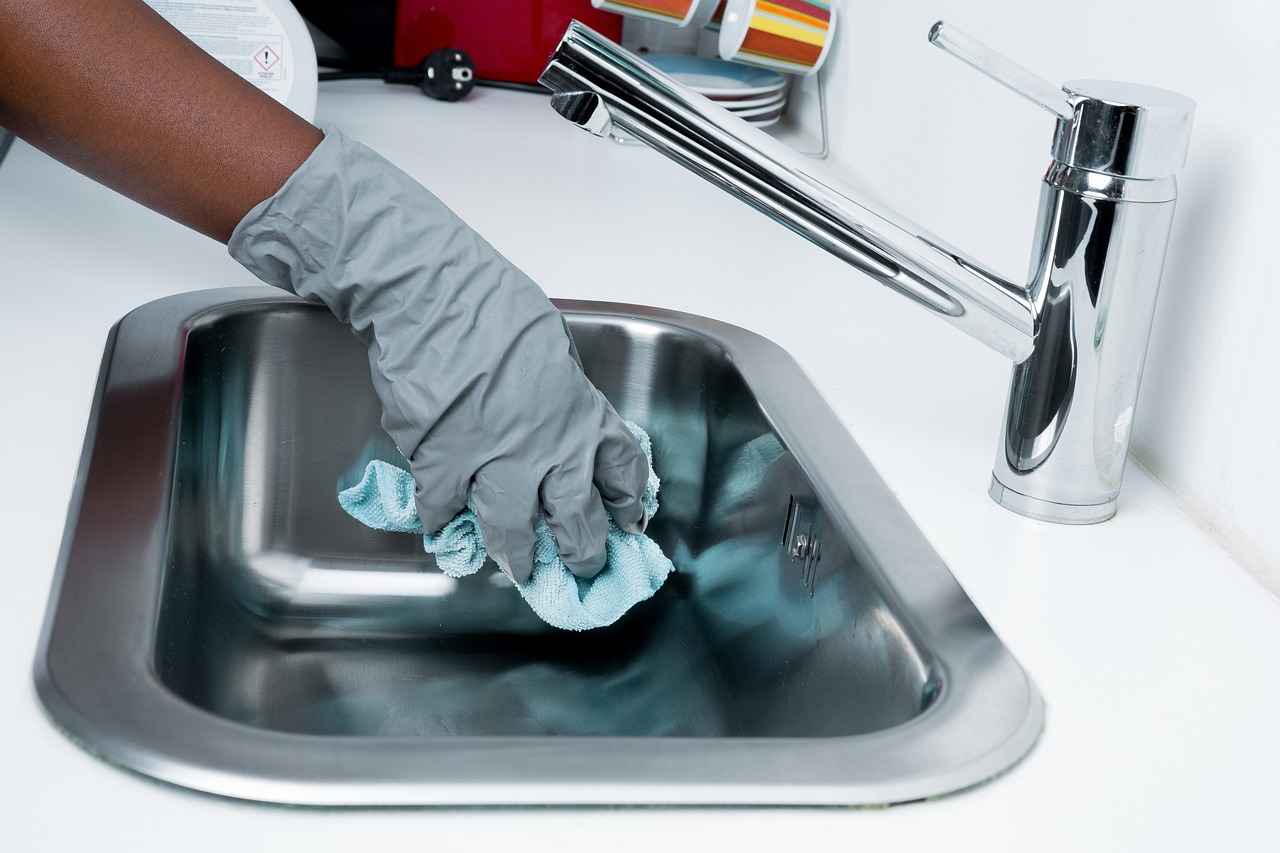
How to Maintain Acrylic in Everyday Use?
Routine maintenance is essential for preserving the clarity and longevity of acrylic surfaces. Whether you have acrylic furniture, display cases, or decorative items, a few simple practices can go a long way in maintaining their pristine condition. This section offers practical tips for everyday care, focusing on storage solutions and protective measures to minimize wear and tear on acrylic items.
Acrylic is a popular material known for its transparency and durability. However, it can be susceptible to scratches and discoloration if not properly cared for. Regular maintenance helps prevent these issues, ensuring that your acrylic surfaces remain clear and visually appealing.
- Use Soft Cloths: Always clean acrylic with a soft, lint-free cloth to avoid scratches. Microfiber cloths are particularly effective.
- Avoid Abrasive Cleaners: Steer clear of harsh chemicals and abrasive materials. Instead, opt for gentle soaps or specialized acrylic cleaners.
- Store Properly: When not in use, store acrylic items in a cool, dry place. Use protective covers or bubble wrap to shield them from dust and potential impacts.
Implementing protective measures can significantly reduce the risk of damage:
- Use Coasters and Mats: For acrylic furniture, always use coasters and mats to prevent scratches from hot or heavy objects.
- Limit Direct Sunlight Exposure: Prolonged exposure to sunlight can cause acrylic to yellow over time. Position your items away from direct sunlight or use UV-filtering window films.
- Regular Inspections: Periodically check your acrylic items for signs of wear or scratches. Early detection allows for prompt maintenance and repair.
Proper storage is vital for maintaining the integrity of acrylic surfaces:
- Stacking: Avoid stacking heavy acrylic items on top of each other, as this can lead to warping or scratching. Instead, store them separately.
- Temperature Control: Store acrylic in a climate-controlled environment to prevent warping from extreme temperatures.
- Use Dividers: If you have multiple acrylic pieces, consider using dividers in storage boxes to keep them separated and protected.
By following these practical tips and protective measures, you can ensure that your acrylic surfaces remain clear and beautiful for years to come. Regular maintenance not only enhances the aesthetic appeal but also extends the lifespan of your acrylic items, making them a worthwhile investment.
Frequently Asked Questions
- Can I use glass cleaner on acrylic surfaces?
No, using glass cleaner on acrylic is a big no-no! Glass cleaners often contain ammonia, which can cause clouds and scratches on your acrylic. Stick to gentle soap and water or specialized acrylic cleaners instead.
- How do I remove scratches from acrylic?
Scratches can be a pain, but don’t worry! You can use a fine polishing compound or a DIY mixture of baking soda and water. Just apply it gently with a soft cloth and watch those scratches fade away!
- Is it safe to use paper towels for cleaning acrylic?
While it might be tempting, paper towels can scratch your acrylic surfaces. Opt for a microfiber cloth instead; it’s soft and won’t leave any marks behind!
- How often should I clean my acrylic items?
It really depends on usage, but a good rule of thumb is to clean them regularly—at least once a month. If you notice dust or smudges, don’t hesitate to give them a quick clean!
- Can I use hot water to clean acrylic?
Hot water may seem like a good idea, but it can actually warp or damage your acrylic. Stick to lukewarm water to keep your surfaces safe and sound!

